Building a brand community involves bringing together a group of people who share a passion for a particular brand, connected by emotional attachment and desire to support it. It can take various forms like social media groups, online forums, and loyalty programs.
Why is community important when building a brand?
According to a recent study, 76% of online shoppers engage in an online brand community across content mediums such as blogs, forums, and/or vlogs and from various devices.
This reiterates that the community’s goal is to create a sense of belonging and strengthen the relationship between the brand and its customers. A strong brand community strategy provides valuable insights into customer behavior, builds a positive reputation, and increases customer loyalty. By fostering community and engagement, a brand can create a more personal relationship with customers and increase loyalty and advocacy.
Here’s how Made, a popular furniture brand, does it.

Made, a furniture retailer, created an online brand community to link potential buyers with previous customers, with the goal of showcasing Made’s products in real-life situations and facilitating idea-sharing and inspiration.
This type of brand community is based on the notion that furniture shopping is generally a physical experience, but not everyone can visit a showroom. By providing customers with a way to visualize the product in a natural setting, the platform bridges the gap between online and brick-and-mortar stores and encourages people to engage with one another.
What are brand metrics?
Although many businesses consider “brand” essential, it can be difficult to measure its performance. Organizations often neglect to manage this impalpable value of the lack of accurate measures.
To strategically grow a brand, companies can use brand metrics to
- Establish decision criteria to move through a transition or architecture process
- Continuously understand the brand’s internal and external performance
- Maintain organizational focus and communication
- Allocate resources more effectively
By employing a well-designed set of brand metrics, objective decision-making is possible, leading to the brand’s sustainable development over time.
Why use brand metrics to measure community strength?
Brand communities can significantly affect organizations since active and loyal customers can enhance sales, generate positive word-of-mouth, and provide valuable feedback. Therefore, evaluating the elements of community strength is critical for businesses. By tracking essential metrics and recognizing the correlation between community engagement and business outcomes, companies can determine how to cultivate and maintain their community effectively. This enables them to decide how to support and develop the community, leading to improved business performance.
The proper way to measure the impact of your brand community is to begin by establishing specific, measurable, achievable, relevant, and time-bound (SMART) goals that channel your efforts and allow for progress tracking. It’s also important to consider both short-term and long-term objectives while you’re at it, and how your brand community strategy can support them.
Here are 10 metrics to measure your brand’s online community strength and brand metrics examples for a deeper understanding of the subject.
1) Engagement rate
Engagement rate determines how much a brand’s audience interacts with its content, and is vital for assessing brand community success. It’s calculated by dividing the total number of post engagements (likes, comments, shares, direct messages) by the number of followers, resulting in a percentage.
A high engagement rate highlights engaging content and strong community connections, while a low rate depicts room for improvement. By tracking engagement rates, brands can gain insights to improve their brand community strategy and spotlight areas for growth.
Sprout Social is the perfect example of a metric tracking tool that includes features from several programs. It pulls data from multiple accounts and helps track engagement, scheduled updates, and brand mentions.
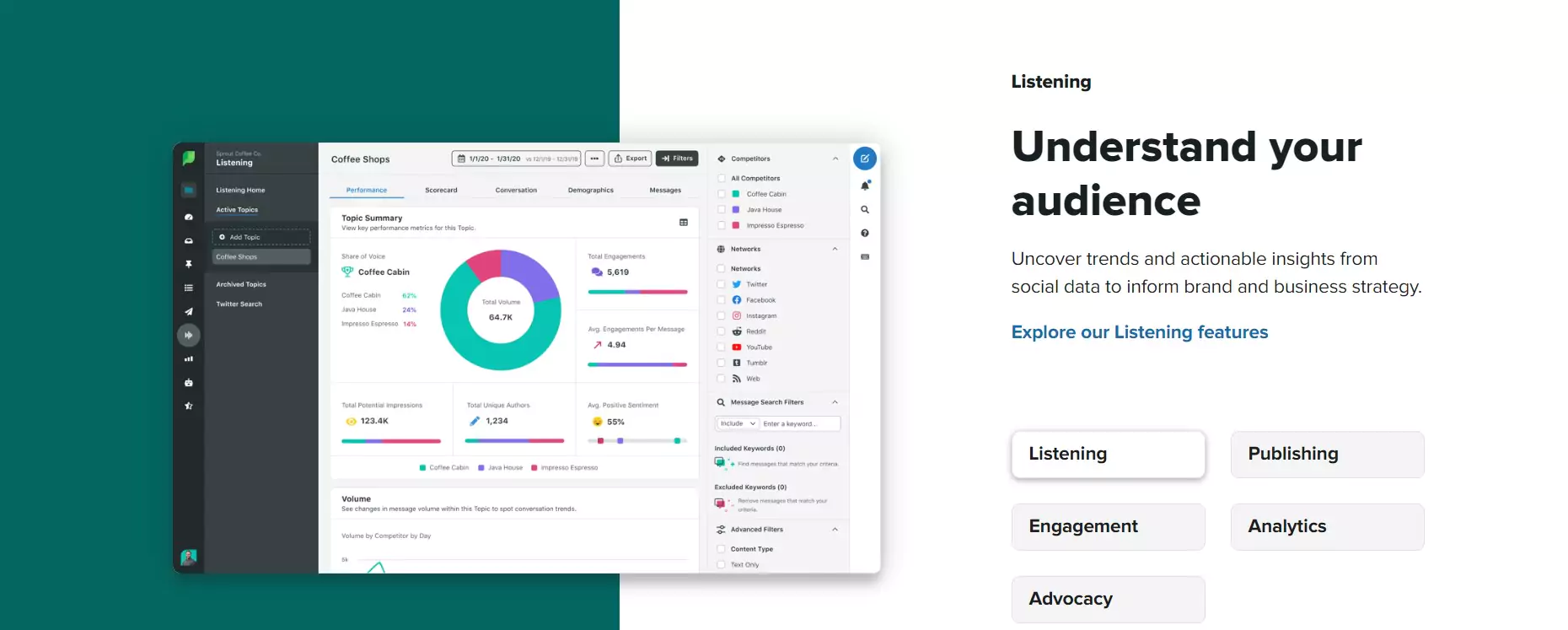
The tool is best suited to larger companies with thriving social media teams as it offers advanced features such as a single stream inbox, collaboration tools, and mobile app interfaces.
Continue reading: The Complete Guide To Customer Engagement In Ecommerce
2) Member growth rate
Have you ever wondered, “How do community managers increase brand awareness?” They start by measuring the member growth rate of their online brand community.
The growth rate of a brand community is a vital metric that helps businesses track the success of their community-building efforts. By monitoring the number of new members joining the community over a specific period, businesses can get a sense of how their community is scaling. A high growth rate means that the community is bustling and that the business’s community-building efforts are paying off. A low growth rate is a sign that the community is struggling and that community managers need to rethink their brand community strategy.
Combin Growth is a robust brand community marketing tool intended for brands that focus on community building on social media, specifically Instagram.
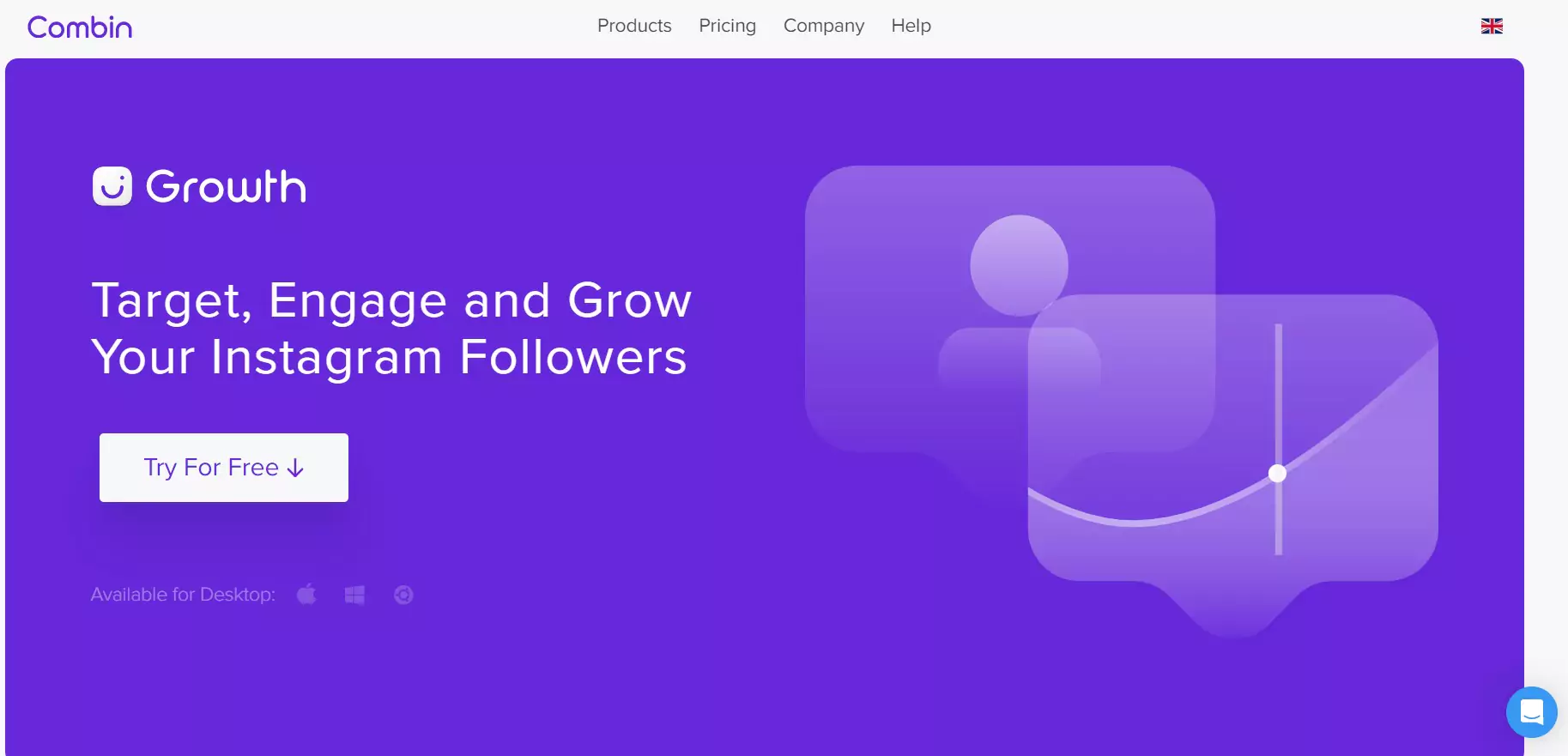
This tool offers audience targeting, management, and engagement features. It can help recognize accounts that don’t follow back and prevent unexpected unfollows of key accounts. With features like machine-learning user analysis and streamlined engagement with comment templates, Combin Growth can be used to derive growth and performance rates.
3) Conversion rate
Conversion rate is a brand metric that quantifies the proportion of individuals within a brand community who convert into paying customers. It serves as a key indicator of the efficiency of the brand community in generating sales and revenue. A higher conversion rate shows that the community is successful in engaging and convincing its members to make purchases, which in turn, lends to the overall growth and success of the business.
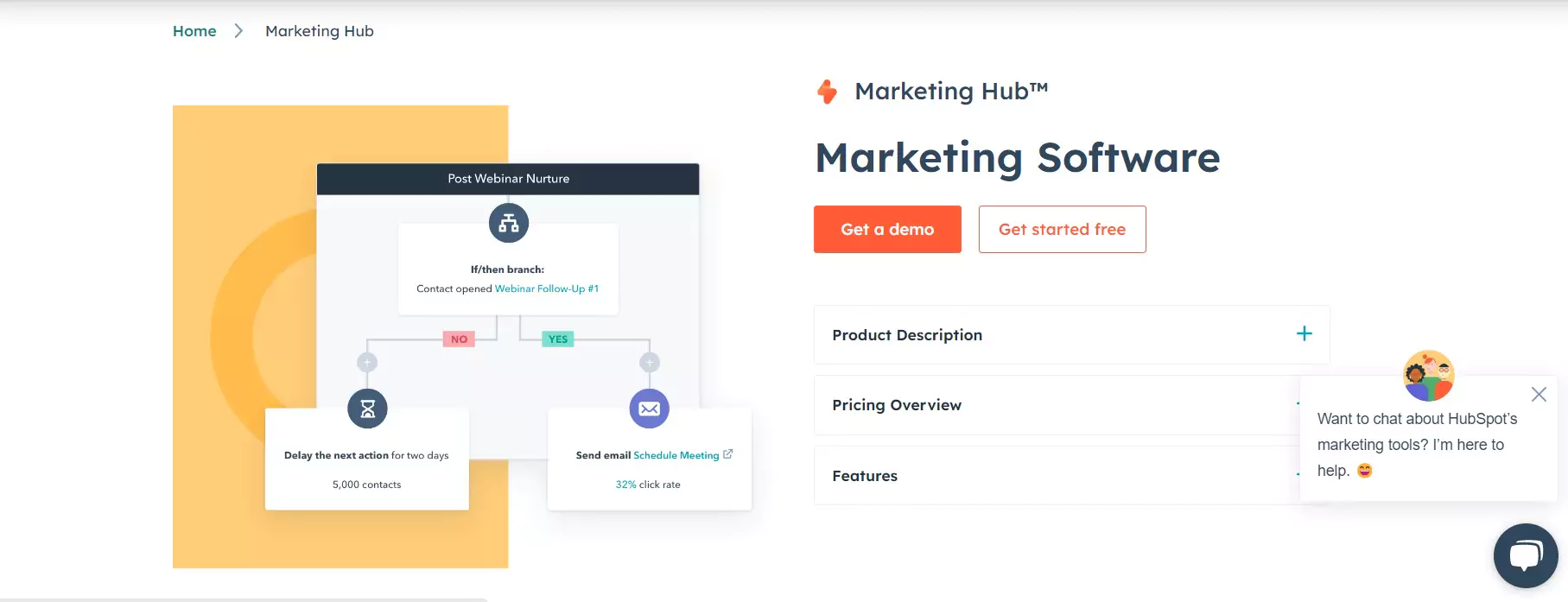
HubSpot’s conversion rate tracking features enable businesses to set specific conversion goals, identify traffic sources that lead to conversions, analyze conversion funnels, and conduct A/B testing. By using these tools, businesses can track their conversion rates, identify areas for improvement, and increase sales and revenue through streamlined brand community engagement strategies.
4) Retention Rate
Retention rate measures the proportion of community members who continue to engage with the brand over an extended period of time. It specifically points out a brand community’s ability to promote loyalty and satisfaction among its members. A high retention rate reveals that the brand community is successful in retaining its members and keeping them engaged, leading to increased lifetime value and advocacy. By tracking retention rates, businesses can identify areas for improvement in their customer experience, content strategy, and engagement tactics.
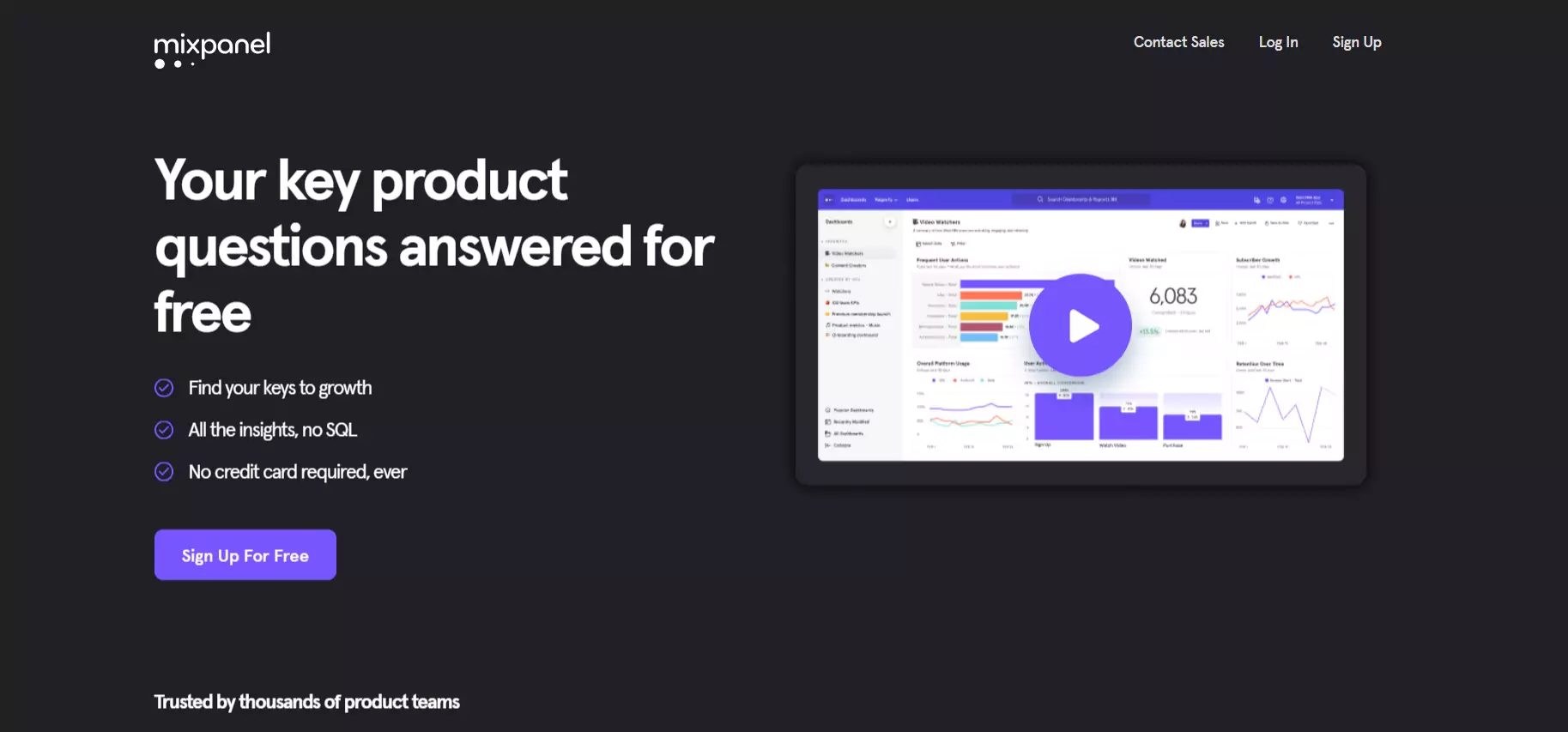
Mixpanel is an analytics platform that extends businesses the skill to track and analyze user behavior across their digital channels. With Mixpanel, businesses can track user engagement over time, including metrics such as retention rate, to gain insights into the effectiveness of their community engagement strategies.
Continue reading: Best Approach to Increase Repeat Purchase Rate (RPR) for D2C
5) Net Promoter Score (NPS)
The NPS is a useful metric for understanding the overall satisfaction and loyalty of the brand community. A high NPS implies that the brand has a strong base of loyal customers who are likely to recommend the brand to others, which can lead to growth and increased revenue. A low NPS denotes that the brand needs to rework its brand community strategy to boost customer satisfaction and loyalty.

Alchemer, formerly known as SurveyGizmo, is an online survey tool that allows you to create and send NPS surveys to your brand community. It also provides advanced reporting and analytics features, including the ability to track trends and compare results across different segments of your community. It provides a user-friendly interface that allows users to easily create and customize surveys using a variety of question types, including multiple-choice, rating scales, and open-ended questions.
Continue reading: How to Measure NPS for Ecommerce
6) Brand sentiment
Measuring the overall sentiment of the brand community towards a brand is a significant aspect of truly knowing how customers feel about the brand and its products or services. Using natural language processing (NLP), sentiment analysis analyzes text data and identifies the emotional tone or attitude of the writer towards a particular topic.
To measure the sentiment of an online brand community towards a brand, a company can collect customer feedback and comments from a wide range of platforms including social media, online reviews, customer service interactions, and surveys. This data can then be studied using sentiment analysis tools with machine learning algorithms to interpret the text as positive, negative, or neutral.
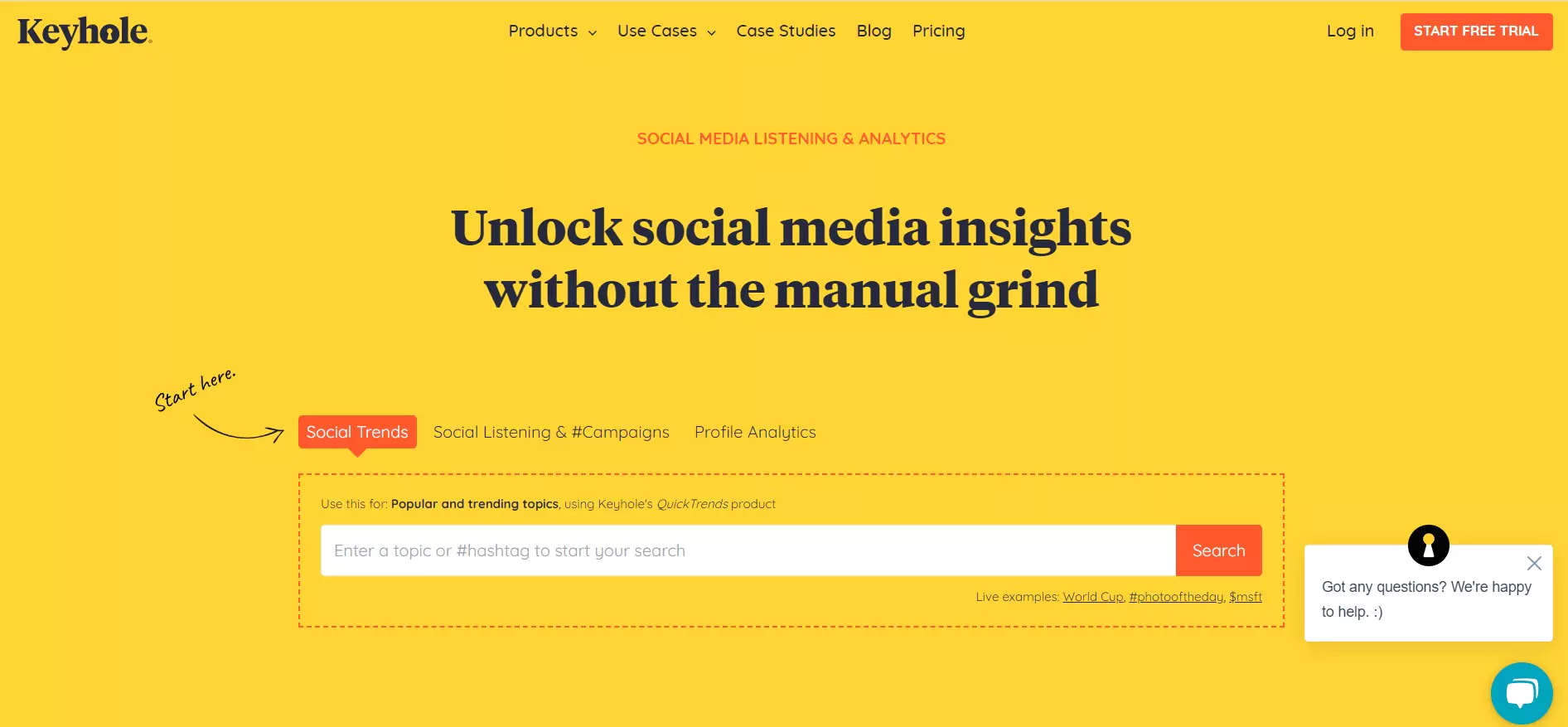
Keyhole is a social media monitoring tool that allows you to keep track of mentions of your brand, products, or competitors across various social media platforms and a plethora of other websites. Using its intuitive brand metrics dashboard, you can get additional information about post volume, engagement volume, number of impressions, and reach volume, which provides a good starting point for understanding brand sentiment.
7) Content creation and sharing
Content creation and sharing is a must-use for measuring the level of engagement and passion among members of an online brand community. It hints at the amount and quality of user-generated content that is created and shared by community members, such as blog posts, photos, videos, comments, and social media posts.
Content creation and sharing can be measured using a slew of different metrics, such as the number of blog posts, social media posts, and comments related to the brand, the number of shares and likes on social media posts, and the rate of engagement on brand-related content.
Bazaarvoice’s tools encourage brands to track user-generated content that is related to their products or services, as well as monitor engagement metrics such as likes, shares, and comments. The platform also allows you to analyze user behavior and create visual content that considers the preferences and interests of the brand’s community members.
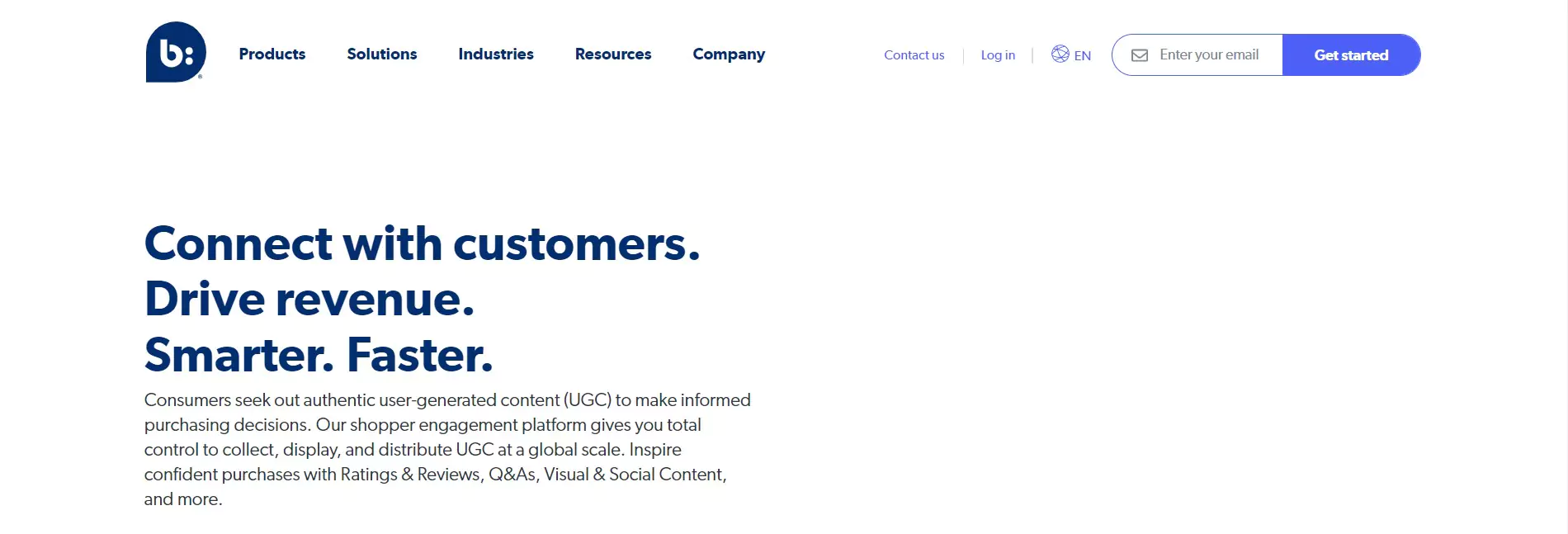
With Bazaarvoice, brands can curate and display user-generated content on their website or social media channels, which can help in creating a brand community with increased engagement and loyalty.
Continue reading: How to Build an Engaged Community with Great Content
8) Guest Checkout Rate
Tracking the guest checkout rate gives you valuable insights into the level of engagement and loyalty of community members. A high guest checkout rate means that community members have a strong connection with the brand and are willing to purchase products without the need for additional incentives or benefits. A low guest checkout rate shows that the brand community needs to improve its registration process or provide more incentives for members to create an account.
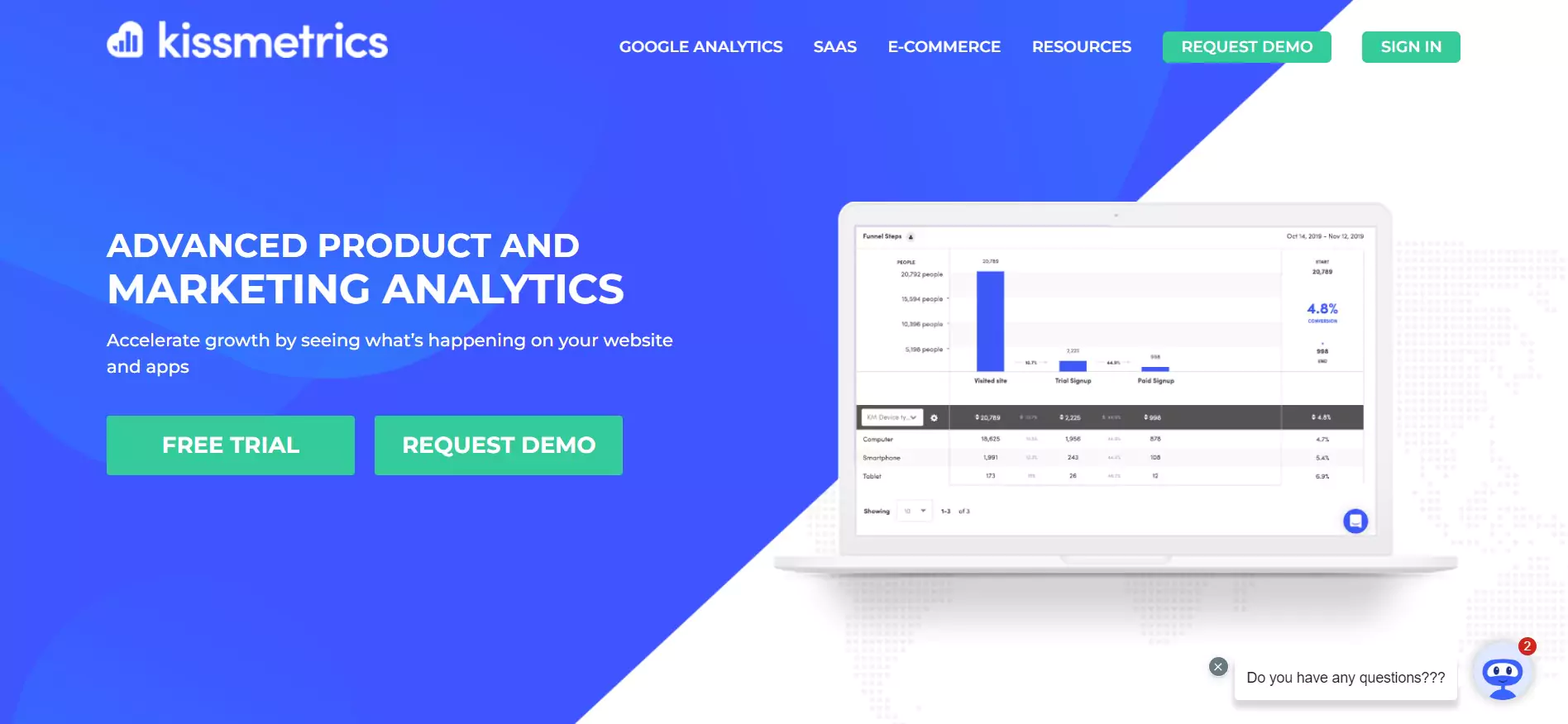
Kissmetrics is a customer analytics platform that helps businesses track, analyze, and optimize customer behavior across different channels and devices. One of the features of Kissmetrics is its ability to track guest checkout rates in a brand community. Kissmetrics can provide businesses with data on the number of visitors who reach the guest checkout page, the number of visitors who complete the guest checkout process, and the conversion rate of the guest checkout page.
9) Average Order Value (AOV)
AOV refers to the average amount of money that brand community members spend on each order they make. It is calculated by dividing the total revenue generated by the total number of orders. This metric can help businesses understand the purchasing behavior and choices of their members.
A high AOV shows that community members are highly engaged and loyal to the brand, and are willing to spend more money on each purchase. A low AOV implies that community members are not highly engaged with the brand, or that they are more price-sensitive and prefer to make smaller purchases.
Continue reading: 13 Specific Ways To Increase Your Average Order Value In 2023
10) Customer Lifetime Value (CLV)
CLV refers to the total amount of money that a customer is expected to spend on a brand’s products or services over the course of their lifetime. CLV is an important metric because it can help businesses identify the long-term needs of their customers and make tactical decisions revolving around customer acquisition, retention, and engagement.
Continue reading: Calculating Customer Lifetime Value and Tips to Increase it
Summing It Up
Building a brand community without using tracking metrics is a job half done. Brand metrics equip online brands with valuable insights into the strength of their brand community. By leveraging these metrics, businesses can figure out areas of strength and improvements in their community and make data-driven decisions to amp up the customer experience.
A significant majority of companies, specifically 77%, claim that online communities can enhance their marketing strategies for both existing and potential customers. This proves that by focusing on the elements of community strength and using brand metrics to measure the impact of their online brand community, companies can establish a sustainable and successful business.
You may also like
Essential resources for your success






















































